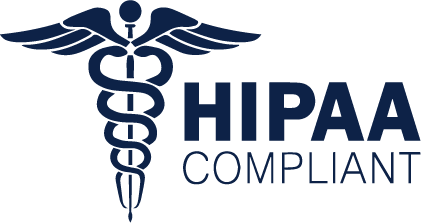AI-Powered HCC and HHS Coding Automation for Risk Adjustment Programs
HCC and HHS risk adjustment with HEDIS/RADV automated through Neuro-Symbolic AI for greater accuracy, compliance, and speed.



What Is RiskGen-i?
RiskGen-i is Encipher Health’s Neuro-Symbolic AI platform for real-time HCC coding and risk adjustment. It interprets clinical documentation, validates MEAT criteria, and assigns accurate HCC codes using a blend of Large Language Models (LLMs) and symbolic reasoning.
The result is faster chart reviews, fewer coding errors, and audit-ready outputs that improve RAF scoring and streamline compliance.

What’s Holding Back Your Risk Accuracy?
Too much data, not enough insight
Missing MEAT criteria in documentation
RX mapping errors and drug confusion
Disconnected workflow slows coding progress
Small teams, rising chart volumes
RAF score obsession, disconnected from outcomes
RiskGen-i Solves It End to End
Platform Capabilities
Feature | Benefit |
|---|---|
MEAT Validation | Detects Monitor, Evaluate, Assessment, and Treatment criteria. |
Context-Aware LLM | Extracts diagnoses, procedures, and care gaps using healthcare-tuned large language models. |
Real-Time RAF Scoring | Dynamically calculates RAF scores to track financial impact and coding accuracy. |
EHR Integration | Seamlessly integrates with major EHR systems for smoother workflows. |
Audit-Ready Reporting | Generates transparent, traceable reports for compliance teams and external audits. |
Scalable Chart Review Engine | Handles high-volume chart reviews with AI-assisted prioritization. |
Medication Mapping & RX Intelligence | Resolves drug classification errors and links prescriptions to accurate HCC codes. |
Built-In Compliance Guardrails | Flags documentation gaps and unsupported diagnoses before submission. |
Drive Risk Accuracy Through M.E.A.T Standards
We ensure every diagnosis meets ICD-10-CM and M.E.A.T. standards—driving better outcomes,
stronger compliance, and higher coding integrity.

Why RiskGen-i?
Built for Coders. Trusted by Compliance Teams.
Powered by Neuro-Symbolic Intelligence.
Combines LLMs with symbolic reasoning for smarter, explainable automation
Scales with growing chart volumes and coding demands
Embeds compliance into every workflow
Delivers audit-ready outcomes with transparent logic
Includes human-in-the-loop review by certified coders and clinical auditors
Ready to transform your risk adjustment?
Let’s explore how RiskGen-i can optimize your RAF accuracy, documentation integrity, and
compliance outcomes.
Frequently Asked Questions
What’s the difference between prospective, concurrent, and retrospective coding?
1.
What’s the difference between prospective, concurrent, and retrospective coding?
Prospective: Before the visit
Proactive review of patient data and risk factors before the encounter. This helps providers identify care gaps and ensure accurate documentation ahead of time, improving both patient outcomes and coding accuracy.
Concurrent: During the visit
Real-time coding support while the provider is seeing the patient. It ensures compliant documentation, captures conditions as they’re discussed, and minimizes missed or incomplete diagnoses.
Retrospective: After the visit or claim submission
Performed post-encounter or after claim submission. It focuses on validating and improving documentation accuracy, identifying missed codes, and ensuring compliance for audits and reimbursements.
2.
Can AI handle risk adjustment coding on its own?
3.
What compliance issues should I watch for?
4.
How can I improve RAF scoring accuracy?


